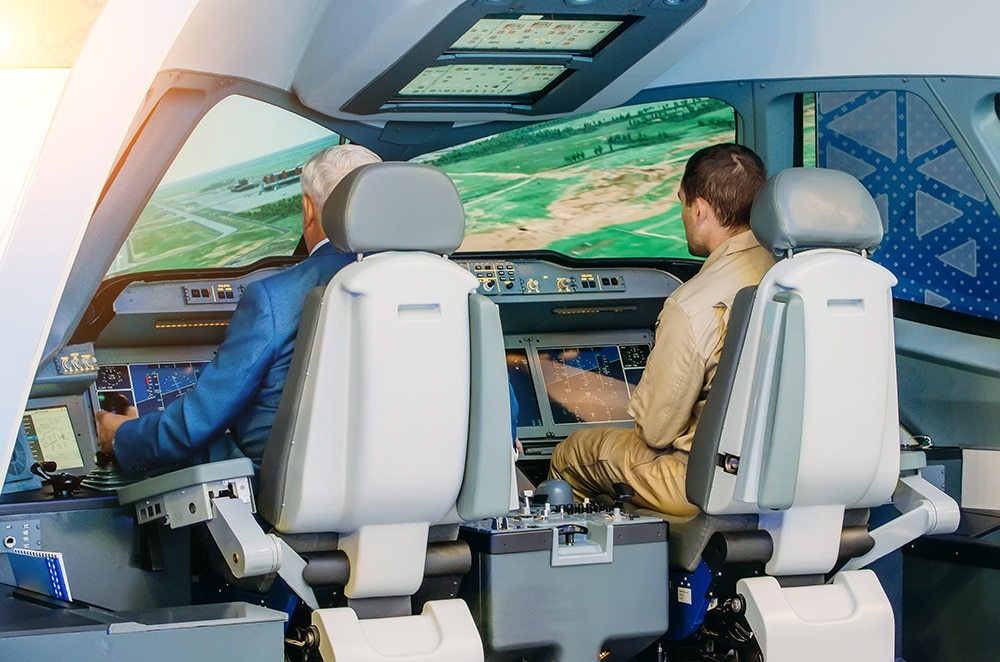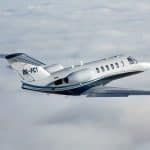Is Commercial Flight Safety Getting Worse?
TL;DR:
- Commercial flight safety is getting better, not worse.
- Accident rates are incredibly low; statistically, you’d have to fly every day for over 100,000 years to be in a fatal accident.
- Modern planes are built with stronger materials and redundant systems for safety.
- Pilots are highly trained and focus on communication, decision-making, and teamwork.
- Media focus on incidents can make flying seem more dangerous than it is.
Recent news stories (or even personal anxieties) might have you wondering if commercial air travel is becoming less safe. But before you swear off vacations abroad, we should explore some data.
While staying informed is crucial, it’s important to separate perception from reality. To help, we’rll analyze trends and debunk myths to answer the burning question: is commercial flight safety actually getting worse?
What is Flight Safety?
Flight safety is a network of practices and procedures implemented throughout all stages of a flight. It involves several key components:
- Aircraft Maintenance: Rigorous inspections and servicing of aircraft by qualified technicians ensure every plane takes off in peak condition.
- Pilot Training: Highly qualified pilots undergo extensive training, not just in flying the aircraft. They are also trained to handle emergencies, make quick decisions, and maintain situational awareness.
- Air Traffic Control (ATC): A network of highly trained professionals on the ground ensures the safe and orderly flow of air traffic. Using radar and communication systems, they guide planes throughout their journeys, maintaining safe separation between them.
It’s also important to distinguish between two key terms: accidents and incidents.
What is an Aircraft Accident?
An aviation accident is a serious event that causes injury or death. This can be due to a crash or major damage to a plane that happens during a flight. Thankfully, these are very uncommon in modern commercial air travel.
What is an Aircraft Incident?
A flight incident is any unexpected event that happens during a flight that could potentially impact safety. This includes a wide range of situations, from minor bumps to more serious issues.
For example, a bird strike on takeoff or experiencing a brief drop in cabin pressure would both be considered incidents.

Commercial Flight Safety Trends
Commercial aviation has a remarkable safety record, and it’s only getting better.
According to the International Air Transport Association (IATA), the fatal accident rate for commercial flights has witnessed a dramatic decline over the past few decades.
In 2023, the industry achieved an impressive 0.80 accidents per million sectors. That’s a significant improvement from a 1.30 accident rate in 2022.
This means the chances of being involved in a fatal commercial airline accident are incredibly low. The same IATA report suggests you’d have to fly every single day for over 100,000 years to statistically experience a fatal accident.
But what’s driving this positive trend? Here are some key factors contributing to improved commercial flight safety:
Improved Aircraft Design and Maintenance
Modern airplanes are built with stronger, lighter materials and incorporate redundant systems to minimize the impact of failures. Maintenance programs ensure all aircraft components are functioning properly before every flight.
Focus on Human Factors
Aviation safety goes beyond just the mechanics of flying. Increasingly, there’s a focus on crew resource management (CRM), which trains pilots in communication, decision-making, and teamwork skills to address potential human factors that could lead to incidents.
While the overall trend is positive, there’s always room for improvement.
Addressing Public Perception
Despite the impressive safety record, some might still feel apprehensive about flying. This perception could stem from a few factors:
- Media Focus: News outlets tend to focus on dramatic stories. Even a single, non-fatal incident can get a lot of attention. This can make it seem like plane problems happen more often than they really do.
- Lack of Awareness: Many people might not be aware of the precise safety measures in place for every commercial flight. From pre-flight inspections to air traffic control, a comprehensive safety net exists for every journey. These measures are constantly evolving, incorporating new technologies and best practices to stay ahead of potential risks.
However, knowledge is power. By familiarizing yourself with the strong safety culture within commercial aviation, you can turn apprehension into informed confidence.
Soar with Confidence
The evidence is clear: commercial aviation has a remarkable safety record that continues to improve. Countless measures ensure your journey is as safe as possible.
Feeling ready to take to the skies? Perhaps a private jet charter at Stratos Jets is the perfect way to experience the ultimate in comfort and convenience.
Use our free private jet charter cost estimator to get a personalized quote and discover the world of luxury air travel. With a commitment to safety and exceptional service, we’ll ensure your journey is as smooth as the skies above.
Empty Leg Flights
- Mid
- Citation XLS
LQK (PICKENS)
LQK Airport
APF (NAPLES)
APF Airport
- Mid
- Citation VII
RIC (RICHMOND)
RIC Airport
PGD (PUNTA GORDA)
PGD Airport
- Mid
- Lear 60
TEB (TETERBORO)
TEB Airport
VNY (VAN NUYS)
VNY Airport
- Heavy
- GulfStream GV
IAD (WASHINGTON)
IAD Airport
ACK (NANTUCKET)
ACK Airport
- Light
- Citation Ultra
PDK (ATLANTA)
PDK Airport
TPA (TAMPA)
TPA Airport
Are you ready to book your New York and Cody charter flight yet?
Our friendly, expert air charter agents are here to answer questions or start your quote today. Don`t wait, call now and we'll get you on your way to your destination!
Call 888-593-9066










